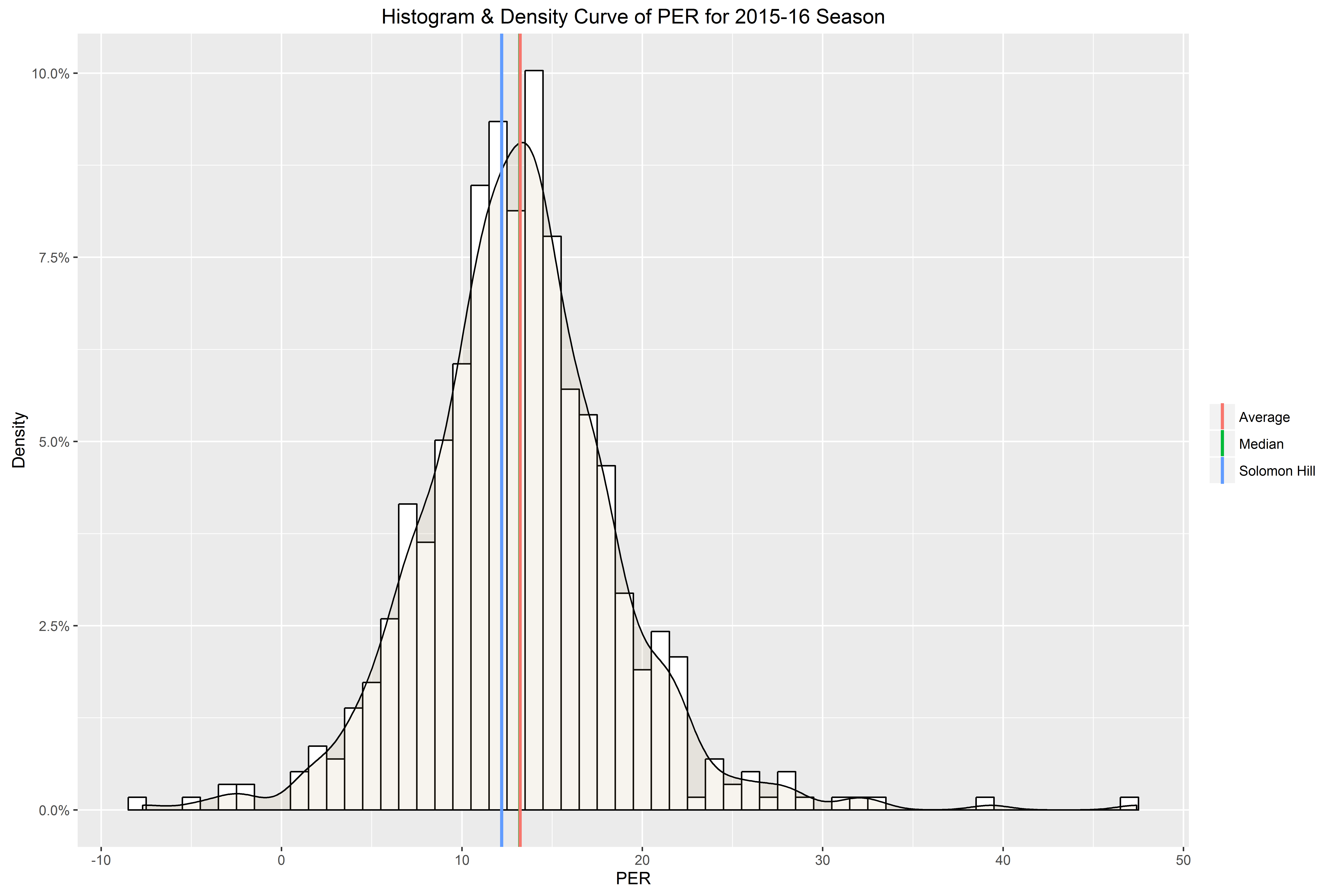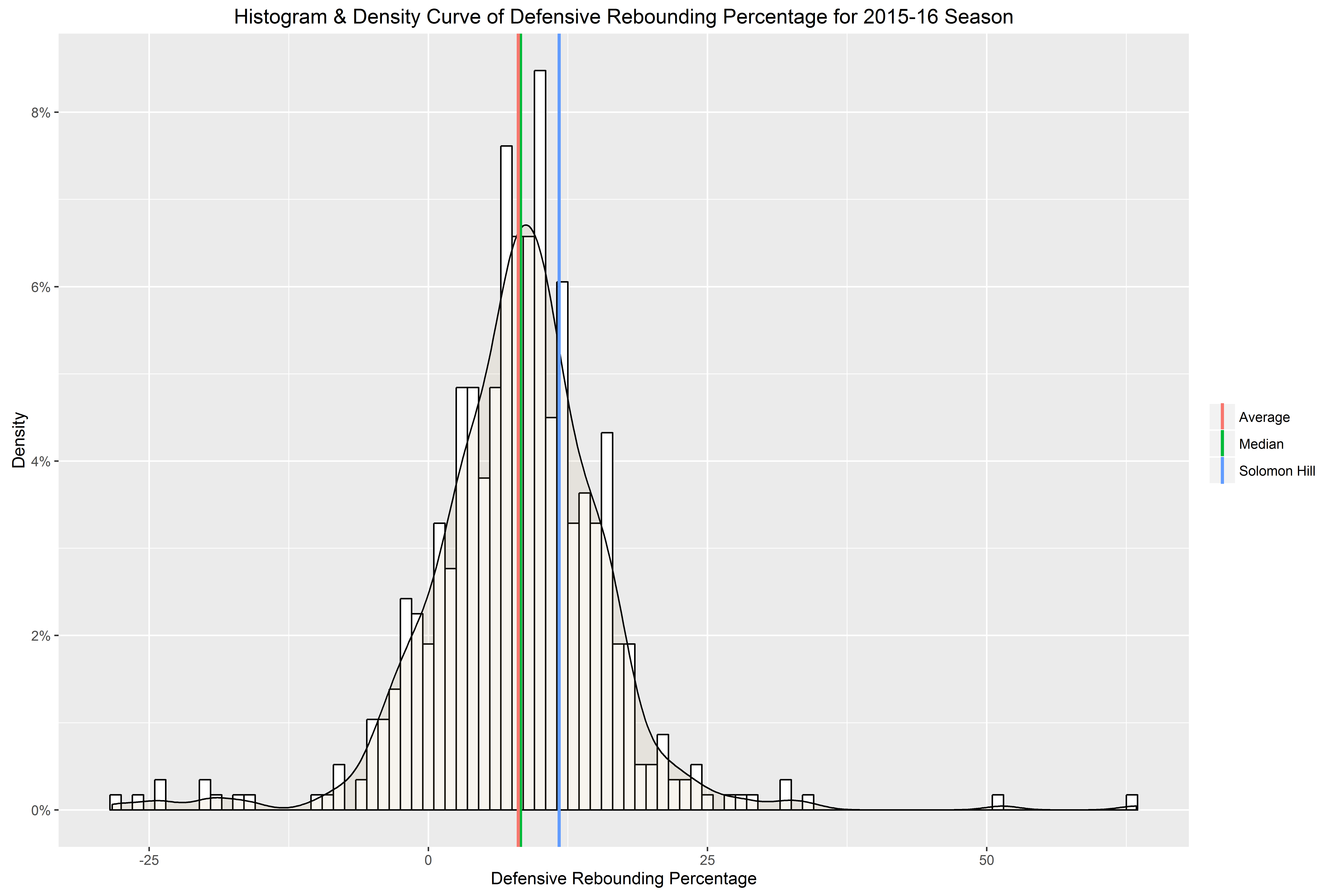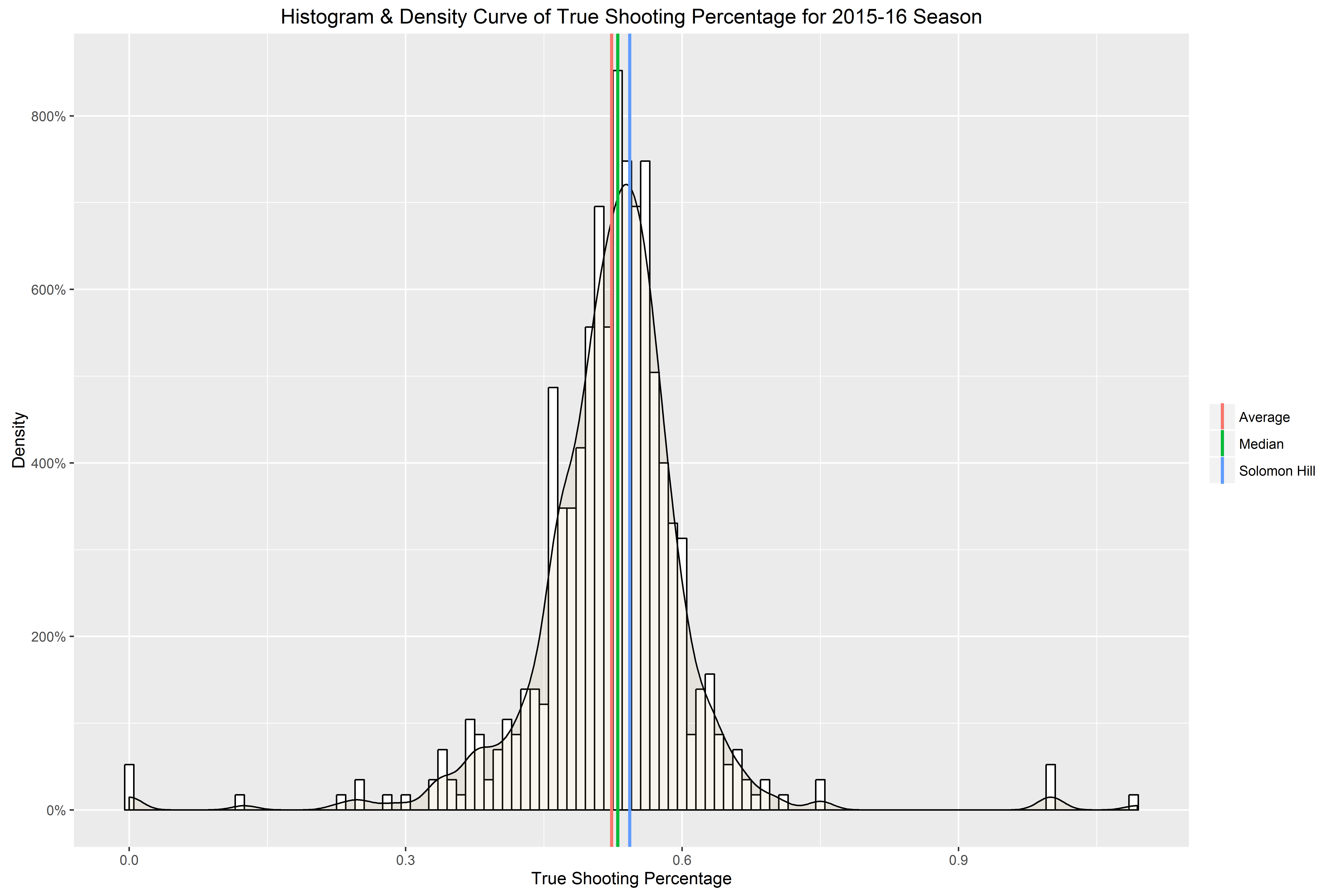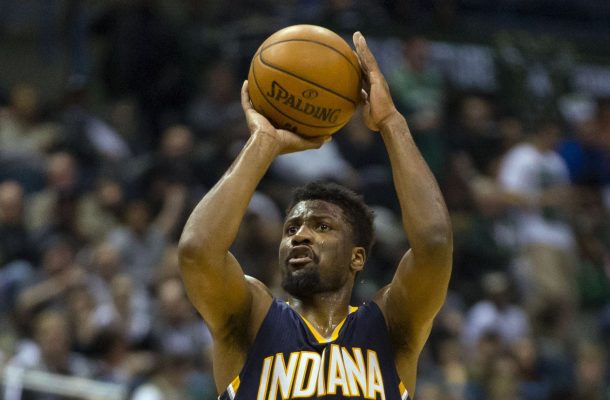Last off-season, the Pelicans made some moves, most of which were met with indifference to slight approval from fans. Well, to be fair, I think most fans were actually excited to see Gordon leave, but some of that was mitigated by seeing Ryno in Houston. Still, most of the new guys that were brought in seemed fine.
The only move that drew some criticism for both the player but more for the contract size was the Solomon Hill signing. Again, to be fair, Solomon Hill was certainly one of the biggest benefactors, in a relative sense, from the new CBA. But the fact that he cashed in, shouldn’t really affect how we evaluate his role and performance with the team from a basketball perspective. In other words, we have to eventually drop the, “Yeah, but for that contract?” comments, because they aren’t worthwhile.
Despite the big contract, the criticism wasn’t that vitriolic or widespread. However, after such an underwhelming first game, some concerns and told ya so’s are starting to creep up. Let’s shift our focus away from the one game of this season and look back to last year to try and understand why Dell Demps and the Pelicans believed in Solomon Hill.
Plotting Solomon Hill’s 2015-16
Below is a histogram with an overlaid density curve of every player’s PER during the 2015-2016 season. The height of the bars is the number of players that fall in that PER range. So, for example, most players had a PER between 13 and 15. In general, PER is supposed to be adjusted where an average player has a rating of 15. Last season, the average, that red line, was just over 13.2, though I didn’t adjust for outliers. The median, the green line, was so close that you can’t even see it. Really, that isn’t surprising because our data has the look of a normal distribution.
That little blue line is Solomon Hill. He’s a bit below the average and the median. In fact, he’s almost at the 42nd percentile, which tells us that there are a lot of players bunched up in the middle of our distribution. So the fact that Hill was below the middle shouldn’t cause a panic. He’s close enough, and basketball is complicated enough that describing him as an average player in any given typical season seems accurate and sufficient.

Having said that, there are several different types of average or typical players. Hill certainly isn’t average at everything. This is one of the problems with measures like PER, which smash a bunch of numbers into an equation and produce one result. We often lose something in the wash. Furthermore, it’s foolish to rely on any single number to provide all the answers.
That being said, here are some more numbers presented in the same format as above. This time we are looking at Defensive Rebounding Percentage, a category the Pelicans finished 10th from the bottom in last year.

Our distribution looks the same with a bit more spread and perhaps a slight negative skew. Still, the median and mean, 8.25% and 8.05% respectively, are very close together. What’s the big change? Solomon Hill is way out in front at the 72nd percentile. Again, this is every player in the league, and it isn’t adjusted by height or position. For a wing player, Solomon Hill is a very good rebounder.
To be fair, that doesn’t often show up in his raw data, most likely due to his limited playing time in Indiana, and he certainly didn’t look like a good rebounder on opening night. But the data here would suggest that his per performance is more likely and outlier or due to adjusting to a new situation rather than a lack of ability.
As you can see below, in terms of True Shooting, Hill is actually better than the typical player as well. Of course, this is greatly helped out by the fact that Hill shows a relatively large amount of 3s. Last season, his 3 point attempt rate was about 35%. As last night showed, Hill is not afraid to shoot.

Ultimately, it just seems like Hill’s performance in New Orleans will graded on that one skill: his ability to shoot the 3 point shot. That could be fair. After all, he has been a below average 3 point shooter for most of his career, and many people viewed his contract from New Orleans as an overreaction to a red hot shooting performance in the playoffs.
If he is able to push his 3 point shooting to an average or even just below an average rate, then he will likely be an impact player for the Pelicans. If he stays where he has been for his career, he can still provide the solid defense and rebounding.
Final Thoughts
Before you rush to the comments, Hill obviously has short comings. Again, he is somewhere between a just below average to just above average player. Still, the interesting question isn’t what almost stopped the Pelicans from signing Hill. No, the interesting question is why did the Pelicans give him $48 million, which may be an even bigger question after the Denver game.
From what I can tell, he provides stability at key areas of weakness. He can end possessions on the boards and guard multiple positions. While he’s not a great shooter, he isn’t afraid to shoot, and he isn’t so abysmal that we have to worry about him becoming an offensive liability. From this perspective, I think signing Hill makes sense. For years, the Pelicans have had one sided players. Guys who are great on offense but couldn’t stay above water on defense. Hill seems to be part of a movement on the front office’s part to bring in guys that are at least ok at most things. That way Davis isn’t scrambling to cover up other guy’s weaknesses. Hill isn’t perfect, but adding his skills and talents seemed to be an essential step forward for the Pelicans.

4 responses to “Figuring Out Solomon Hill”
PER generally underrates low usg%,not that athletic(but good defensive) wings like Hill,so not sure if it´s the best option in this case. On the other hand,for what i´ve seen and what the numbers say i generally agree, Hill is an avg wing,great as a role player,not ready(yet) for much playmaking or more responsabilities.
A few good signs: really willing passer,take quick,simple decisions that make the game more fluid for everyone and rarely make mistakes(doesn´t take risks either though).Most of these players have a much better +/- than you would believe by their boxscore(think Jared Dudley),and that is exactly what has happened since preseason
soulbreaker Re: PER. First, I didn’t trim the data set so it includes every other low usg% wing players. So as a matter of relative comparison I think it fit my purposes. I mostly wanted to place SH in context with the rest of the league. Due to the points you listed, I structured the average range to be from about the 40th to 60th percentile as opposed to just the median or mean, which I could have been more explicit about in the post. Thanks for the comment there.
As for PER’s short comings, I think I covered that here, “This is one of the problems with measures like PER, which smash a bunch of numbers into an equation and produce one result. We often lose something in the wash. Furthermore, it’s foolish to rely on any single number to provide all the answers.”
Does that make sense? Not trying to get defensive, just throwing thoughts out there. These types of posts might become a more regular feature from me.
Nicks65 soulbreaker it´s ok not saying the post is wrong or badly done,on the contrary,just that it could be missleading if people don´t know the problems behind PER beyond “it isn´t perfect”.
Would love to see more of these babies, really fun charts,just of course would like to see them more granular for context but it´s just nitpicking,i know it wasn´t the intention of the post to analyze Hill at depth
But why 48 million??? I doubt he had a 45 million deal on the table. The problem is a small forward on this team he has to average at least 10 to 12 shots a game. After three games he is averaging a whopping three shots a game!!! He has to shoot the ball to get respect, if that is not the case then they could have kept “no shooting” Gee for the league minimum and used all that money on a higher profile player. We can’t afford to pay 11 million a year for a guy to take three shots a game, that’ s the bottom line.